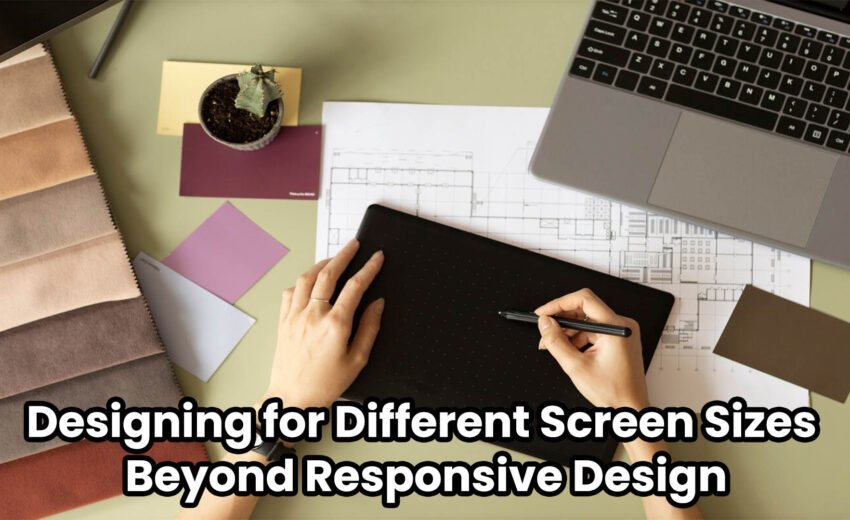
Designing for different screen sizes goes beyond responsive design when you consider the diverse range of devices and form factors available today. While responsive design is essential for adapting layouts to various screen sizes, there are additional considerations to ensure an optimal user experience across different devices. Here are some strategies and considerations beyond traditional responsive design:
1. Adaptive Design:
- Definition: Adaptive design involves creating multiple layouts for different screen sizes rather than relying on a single flexible layout.
- Advantages: Offers more control over the design for specific devices, providing a tailored experience.
- Considerations: Increased development time and maintenance for each targeted device category.
2. Mobile-First Design:
- Approach: Start designing for the smallest screen sizes first and progressively enhance the design for larger screens.
- Advantages: Ensures a focused and optimized experience for mobile users.
- Considerations: May require a shift in design thinking for those used to designing for desktop first.
3. Device-Specific Optimization:
- Analysis: Understand user behavior on different devices and optimize the design based on usage patterns.
- Implementation: Tailor the user interface and features for specific devices or platforms.
4. Progressive Enhancement:
- Approach: Start with a baseline design that works on all devices and progressively enhance the experience for devices with larger screens or advanced capabilities.
- Advantages: Ensures a basic, functional experience for all users while providing additional features for those with more capable devices.
5. Flexible Images and Media:
- Implementation: Use flexible images and media that can adapt to different screen sizes without compromising quality.
- Considerations: Employ techniques like responsive images and media queries to adjust content based on device characteristics.
6. Content Prioritization:
- Approach: Prioritize content based on its importance, ensuring that critical information is presented prominently on smaller screens.
- Advantages: Enhances the user experience by delivering key information without unnecessary scrolling or interactions.
7. Touch-Friendly Design:
- Considerations: Design with touch interactions in mind for mobile devices, ensuring buttons and interactive elements are appropriately sized and spaced.
- Testing: Test touch interactions on touch-enabled devices to ensure a seamless experience.
8. Performance Optimization:
- Optimization: Prioritize performance by optimizing images, scripts, and other assets to ensure fast loading times on various devices and network conditions.
- Considerations: Implement lazy loading and other performance optimization techniques.
9. Cross-Browser Compatibility:
- Testing: Ensure compatibility across different web browsers and browser versions to provide a consistent experience.
- Fallbacks: Implement fallbacks for features that may not be supported on certain browsers.
10. User Testing on Real Devices:
- Testing: Conduct usability testing on real devices to identify any issues specific to certain screen sizes or devices.
- Feedback: Gather feedback from users on their experience with different devices.
By incorporating these strategies, you can go beyond responsive design and create a more tailored and optimized experience for users on a wide range of devices. Keep in mind that user expectations and technology will continue to evolve, so staying informed about emerging trends and technologies is crucial for effective cross-device design.






